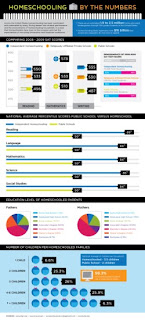Math Mammoth Geometry 2 giveaway
Recently I offered one of my customers a free book for finding an error in the answer key... she declined and wished someone else could have it who is in need. So I'll give one electronic copy of Math Mammoth Geometry 2 book (PDF file) to one randomly chosen lucky winner. To participate, you need to do two things: 1) Leave a comment in this blogpost, explaining how and where you'd use this book, AND 2) Email me so I have your email address. If you have no use for this geometry material, please don't participate, and let someone win who can use it. If I choose a winner who didn't email me, then I cannot contact them. In that case I will have to choose another winner. I'll first choose a few best entries based on how/where they'd use the book, and then choose randomly among those. This 'contest' closes and winner will be chosen whenever I notice (in checking my mail) that there are at least 10 participants. So hurry up!


